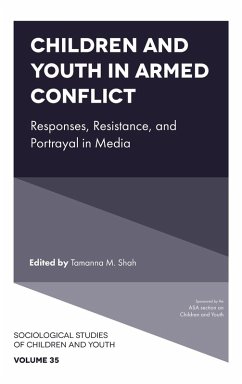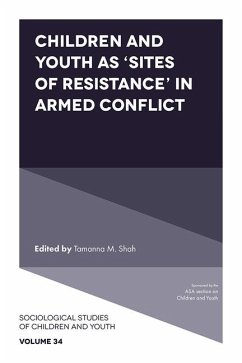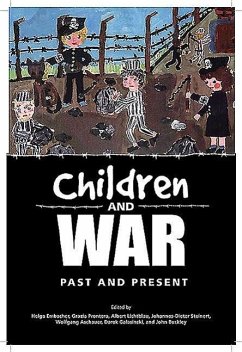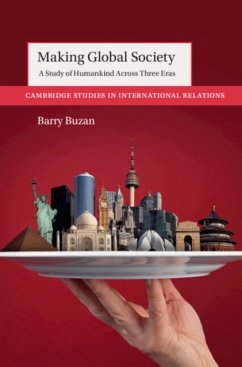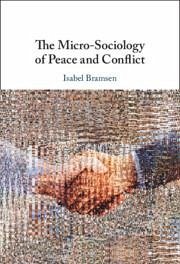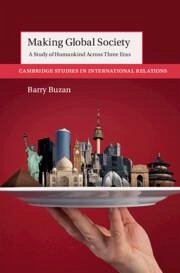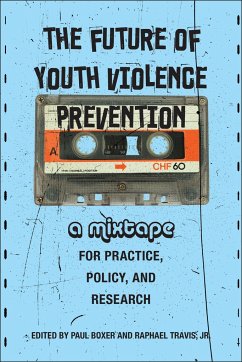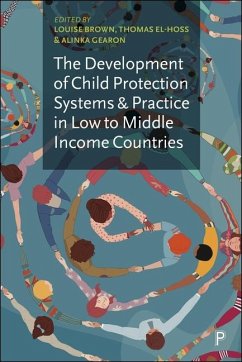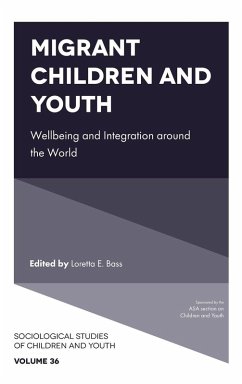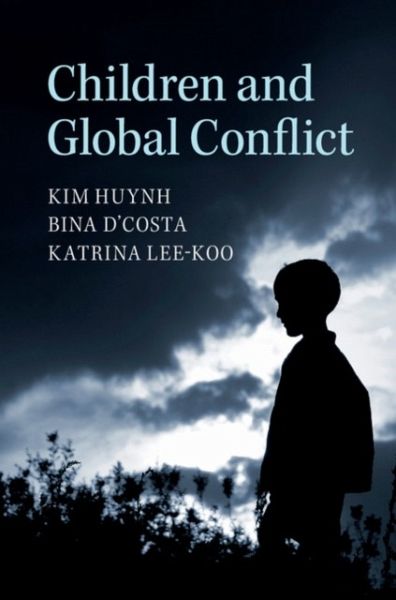
Kim Huynh (Canberra Australian National University)Bina D'Costa (Canberra Australian National University)Katrina Lee-Koo (Canberra Australian National University)
Broschiertes Buch
Children and Global Conflict
Versandkostenfrei!
Versandfertig in über 4 Wochen

PAYBACK Punkte
20 °P sammeln!




Examines how children, armed conflict and the international community interact in the twenty-first century.
Kim Huynh is Lecturer in Politics and International Relations at the Australian National University, Canberra. He teaches courses in refugee politics, political philosophy and international relations. He is author of Where the Sea Takes Us (2008), and co-editor with Jim George of The Culture Wars: Australian and American Politics in the 21st Century (2009).
Produktdetails
- Verlag: Cambridge University Press
- Seitenzahl: 354
- Erscheinungstermin: 9. April 2015
- Englisch
- Abmessung: 226mm x 152mm x 25mm
- Gewicht: 520g
- ISBN-13: 9781107626980
- ISBN-10: 1107626986
- Artikelnr.: 41645503
Herstellerkennzeichnung
Libri GmbH
Europaallee 1
36244 Bad Hersfeld
gpsr@libri.de
Für dieses Produkt wurde noch keine Bewertung abgegeben. Wir würden uns sehr freuen, wenn du die erste Bewertung schreibst!
Eine Bewertung schreiben
Eine Bewertung schreiben
Andere Kunden interessierten sich für


